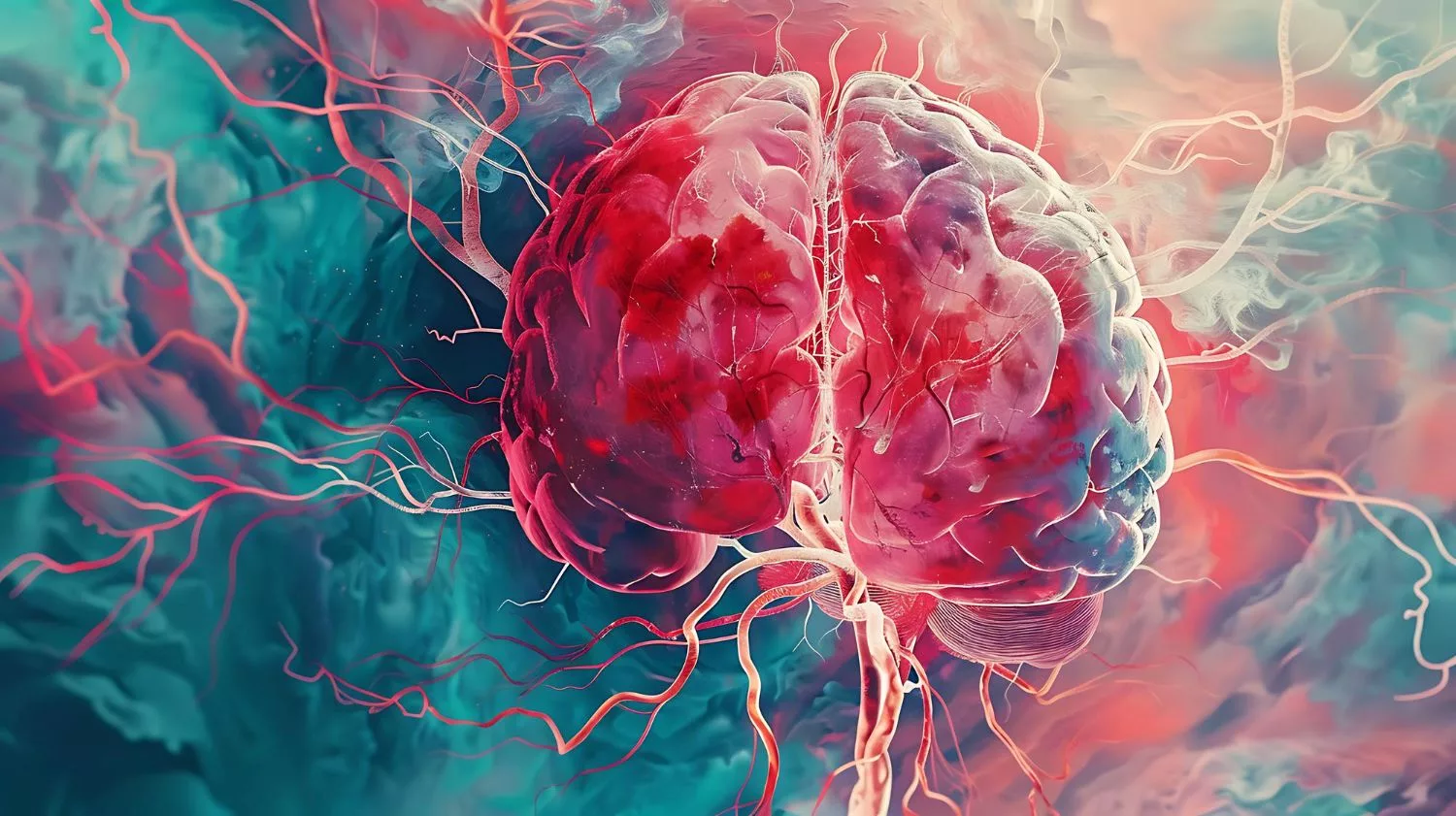The human brain’s blood vessels are like a complex highway network—narrow, winding, and constantly in motion. When a blockage forms, it’s not just a traffic jam; it’s the beginning of a stroke, one of the leading causes of death and disability worldwide. Current medical fixes—like stents, balloons, and surgical bypasses—help clear the jam, but they’re blunt tools that can’t replicate the intricate biology of the brain’s vascular system.
Now, researchers in South Korea have pulled off something extraordinary: they’ve 3D-printed brain blood vessels that can recreate both healthy and diseased blood flow, opening the door to more realistic stroke models and personalized therapies.
Bioprinting a Living Highway
A joint team from Pusan National University and POSTECH developed a new embedded coaxial bioprinting method to build hollow vessels with precise narrowing—exactly what happens in cerebrovascular disease. The vessels weren’t just empty tubes. They were “brought to life” using a custom bioink made from pig aorta matrix, collagen, and alginate. This cocktail gave real human cells the environment they needed to attach, grow, and behave as they would inside a living brain.
The researchers seeded these vessels with endothelial cells from human veins and brain microvessels, then turned on the flow. Under normal conditions, the vessels behaved just like their biological counterparts, controlling what passed in and out. Under narrowed, stenotic conditions, the flow became chaotic and the cells lit up with inflammatory markers—exactly as seen in real patients.
Why It Matters
This bioprinted system does more than mimic stroke conditions. It offers a platform where doctors and drug developers can test therapies in a controlled, realistic environment—without needing to rely on animal models or oversimplified lab chips.
- Drug screening: New treatments could be tested against “living” vessels before ever reaching clinical trials.
- Personalized medicine: With patient-derived cells, it could be possible to bioprint an individual’s own vessels and see which therapies work best.
- Reduced animal testing: By bridging the gap between lab and human biology, these models reduce the need for animal experiments.
Professor Byoung Soo Kim, who led the research, calls the technology a “significant advancement in cerebrovascular disease modeling,” emphasizing how it blends anatomical accuracy with physiological realism.
The Next Step
The team isn’t stopping at blood vessels. They envision combining their 3D-printed vascular systems with brain organoids and AI-driven organ-on-chip technologies. Imagine a “mini-brain” wired with living blood vessels, designed to simulate everything from stroke onset to recovery. That could radically accelerate the discovery of new drugs and therapies while providing doctors with patient-specific treatment strategies.
The future of stroke treatment may not come from new stents or surgical techniques—but from a printer.
Related Stories:


